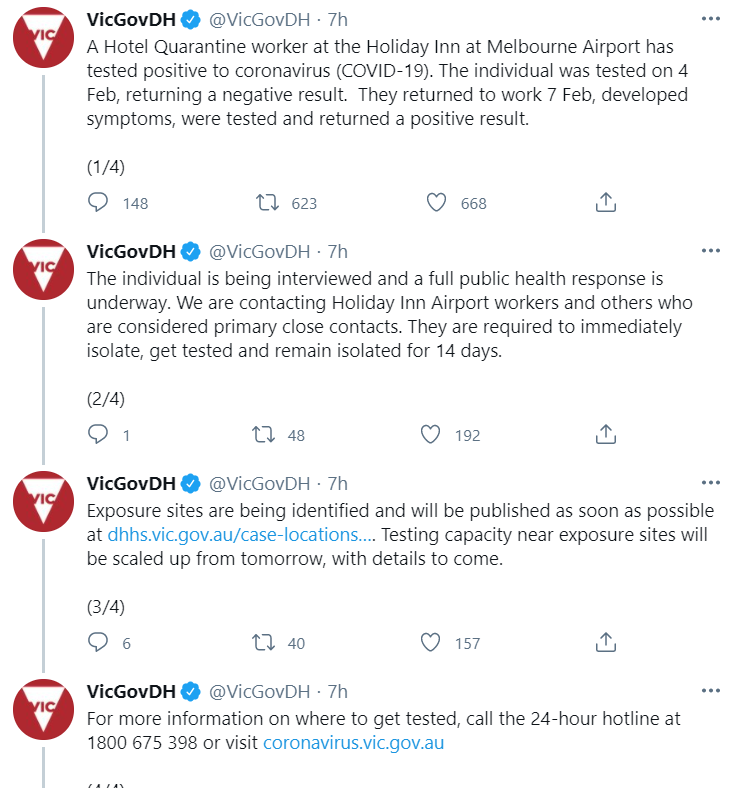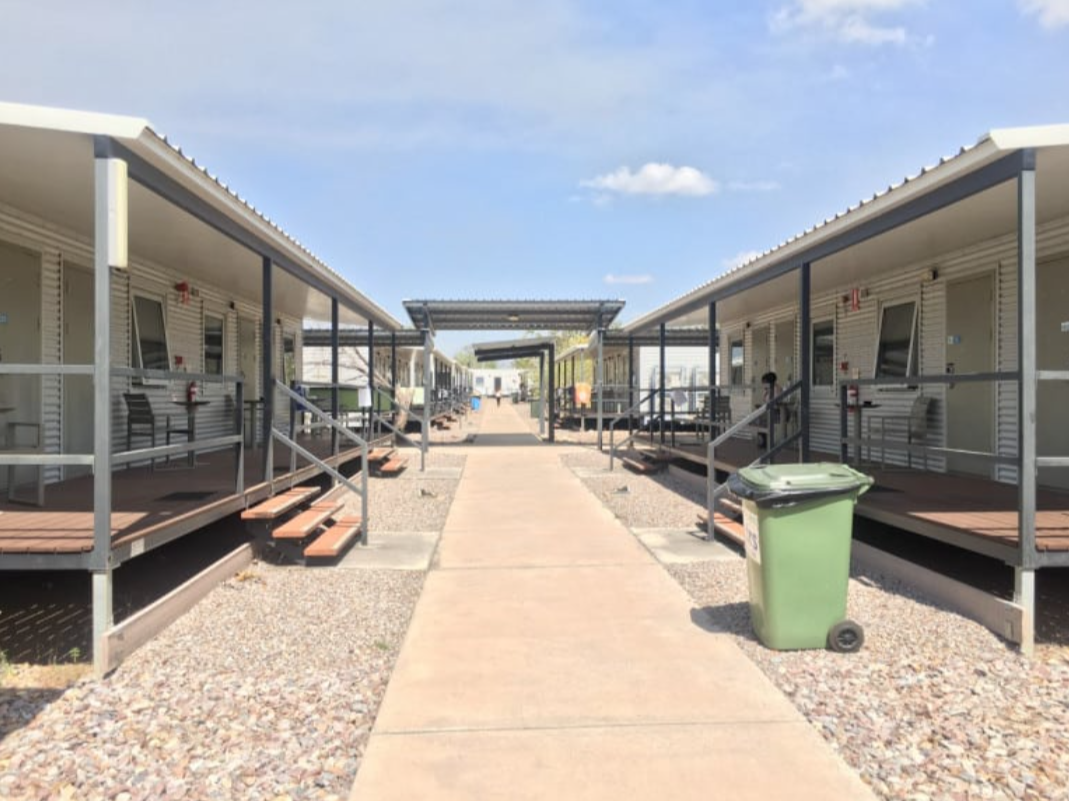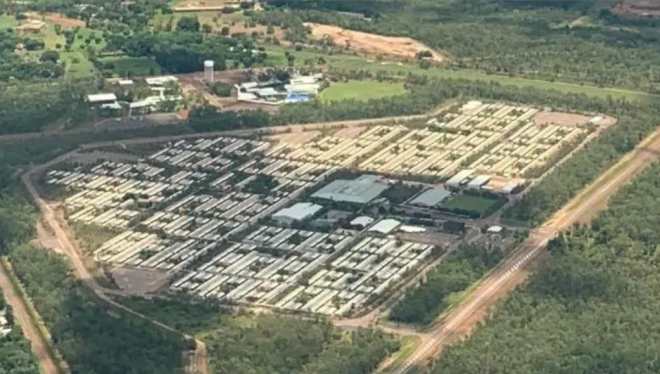For the second time in a fortnight, a Melbourne hotel quarantine worker has been infected with COVID-19.
The person, who was an authorised worker at the Holiday Inn at Melbourne Airport, tested positive to the virus at the end of her shift on Sunday after developing symptoms.
Contact tracers are now hard at work trying to identify and isolate her close contacts, with the person believed to have visited multiple sites across Melbourne’s north-west, including Maidstone, Sunshine and Taylors Lakes.
This leakage from hotel quarantine, which follows similar recent ‘outbreaks’ across Adelaide, Brisbane, Perth, Sydney and Melbourne, once again raises question marks about whether quarantine should be conducted in hotels located in our major cities, where transmission into the community is more likely.
Peta Credlin is among the growing chorus of commentators urging governments to shift quarantine to regional areas:
As long as we allow people to return to Australia, our point of vulnerability will always be hotel quarantine; and where these hotels are located in highly populated cities, with workers that live in outer suburbs and travel back and forth, virus escape into the community is not a question of ‘if’ but ‘when’.
The only way to keep the virus out of the community is to quarantine people in remote areas where both the returned travellers and the staff supporting them are effectively in isolation.
…the [hotel quarantine] system isn’t foolproof and is probably incapable of being made foolproof unless we radically change its design, given that the staff servicing hotel quarantine will inevitably have hundreds of random interactions as they move around crowded cities…
A leading epidemiologist also warned that shared air in quarantine hotels risks spreading the virus:
Chair in Epidemiology at Deakin University Professor Catherine Bennett told ABC Radio Brisbane hallways are prime environments for transmission.
“If the corridor is a dead space and doesn’t have good ventilation then the virus may stay suspended and spread along a corridor enough that someone metres away could potentially get an infecting dose so trying to keep the air isolated between the rooms and those shared corridor spaces I think is going to be a critical step,” she said.
It makes no sense conducting quarantine in densely-packed inner-city hotels where the risk of contamination and spread into the community is high.
Instead, Australia’s quarantine system should:
- House international arrivals away from population centres (e.g. in low density remote army bases and mining camps);
- Utilise only highly trained and well paid staff;
- Ensure these staff work in dedicated teams (to avoid cross-contamination) and remain on site throughout their deployment (similar to mining FIFO workers); and
- Conduct regular testing of quarantine workers and guests.
The Howard Springs Facility in the Northern Territory is the model that Australia’s governments should seek to emulate:
Unlike city quarantine hotels, Howard Springs is isolated from population centres, is very low density, and has no shared air conditioning or shared hallways.
The federal government is best placed to coordinate and fund Australia’s quarantine effort. It possesses a range of suitable facilities (e.g regional bases) and has constitutional responsibility for quarantine and managing Australia’s international border.
Regardless, Australia’s governments simply must get quarantine arrangements right if we are to avoid further virus outbreaks, shutdowns, and disruption. This necessarily means moving quarantine out of cramped city hotels into low density accommodation in more remote areas.




